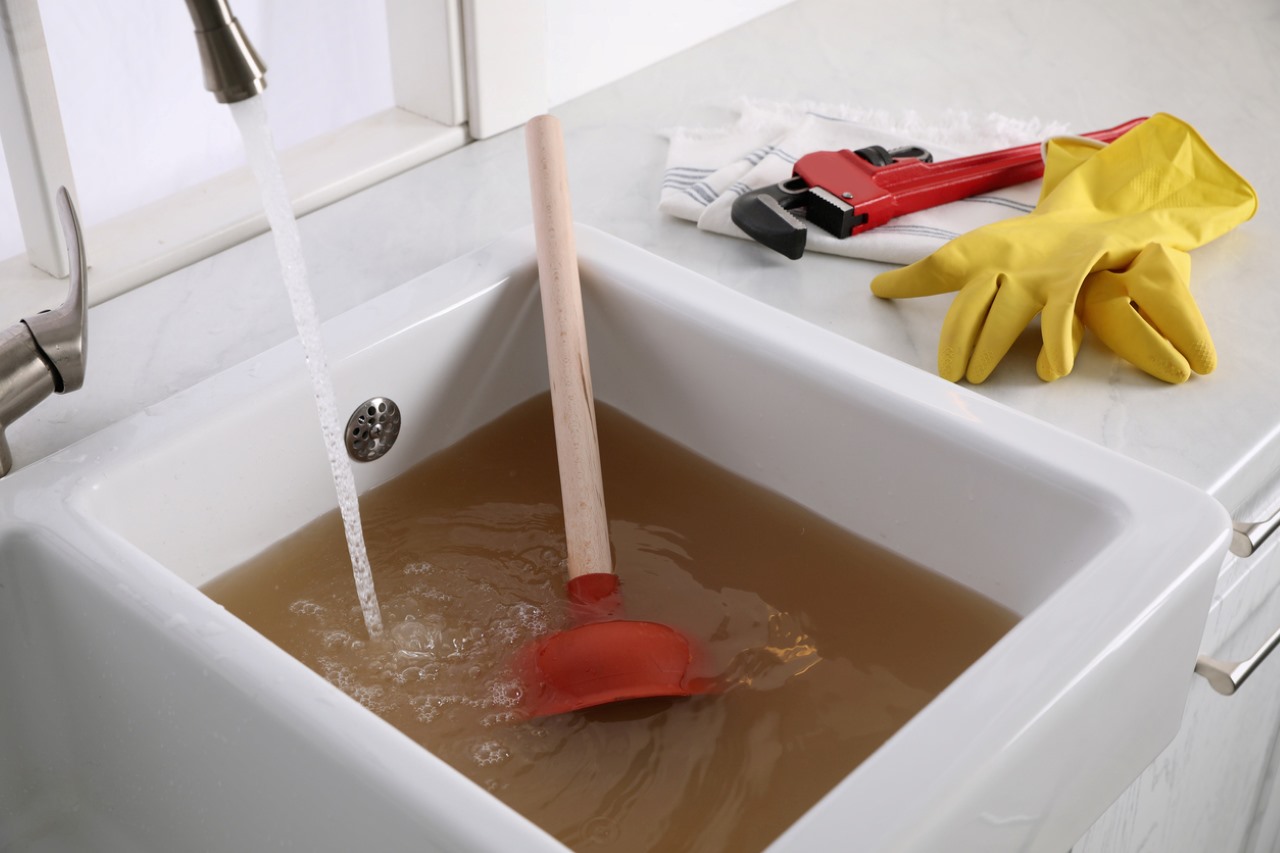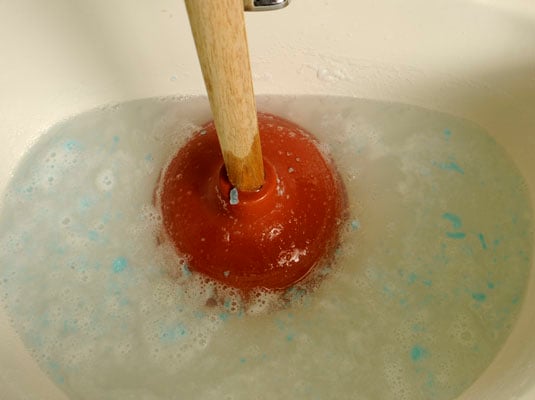Have you been interested in critical info about Tips on How to Effectively Use a Plunger?

Introduction
Proper upkeep of home drains is crucial for protecting against obstructions and making sure smooth water flow. One of the key devices in every property owner's toolkit is the plunger, alongside numerous drain cleansers developed to take on persistent obstructions efficiently. This article explores how to utilize bettors and drain cleaners properly to maintain your drains pipes flowing freely.
Section 1: Comprehending Bettors
Kinds of Plungers
There are a number of kinds of bettors offered, each created for different types of drains and obstructs. One of the most typical types include mug bettors, flange plungers, and accordion bettors.
Exactly How Plungers Work
Plungers work with the concept of creating stress and suction to remove clogs. When effectively applied over a drainpipe, they produce a vacuum that can pull out particles or break up blockages.
Picking the Right Bettor
Choosing the appropriate bettor depends upon the kind of drainpipe and the nature of the clog. Mug bettors are perfect for sinks and bathtubs, while flange bettors are much better matched for bathrooms due to their layout.
Usual Errors with Plungers
Staying clear of these blunders guarantees efficient plunging: incorrect seal around the drainpipe, inadequate pressure, and not clearing surrounding particles.
Area 2: Making Use Of Plungers Properly
Prep work
Prior to diving, ensure the plunger covers the drain totally and creates a limited seal. Clear any kind of noticeable particles around the drainpipe opening.
Strategy
Beginning with mild diving activities to construct suction. Rise stress progressively, utilizing a consistent rhythm. Repeat as needed up until the drain clears.
Repairing Tips
If diving doesn't work, try changing the seal, applying oil jelly for a far better seal, or utilizing a different sort of plunger.
Area 3: Recognizing Drain Cleaning Company
Kinds Of Drain Cleaning Company
Drain cleansers can be chemical or enzymatic. Chemical cleansers use solid chemicals to liquify blockages, while chemical cleaners utilize all-natural enzymes to break down organic matter.
Exactly How Drainpipe Cleaners Work
Chemical cleaners respond with obstructions to dissolve them, while enzymatic cleaners break down natural products like hair and oil without damaging pipelines.
Safety Considerations
Always use gloves and eye security when utilizing chemical drain cleaners. Make sure appropriate air flow and follow producer directions carefully.
Eco-Friendly Alternatives
Think about utilizing vinegar and baking soda or enzyme-based cleansers for environmentally friendly choices that are more secure for pipes and the atmosphere.
Section 4: Making Use Of Drain Cleansers Successfully
Application Methods
Pour chemical cleaners directly right into the drainpipe opening. Allow them to help the suggested time before purging with hot water. Chemical cleansers must rest over night.
Precautions
Avoid blending various kinds of cleaners, as this can produce poisonous fumes. Never ever use chemical cleansers along with a bettor, as splashing can occur.
Managing Persistent Obstructions
For relentless obstructions, take into consideration using a plumbing serpent or calling an expert plumbing technician to prevent damage to pipes.
Final thought
To conclude, understanding just how to utilize plungers and drain cleansers properly is crucial for keeping healthy plumbing systems. By picking the right tools and strategies, house owners can tackle small blockages and stop major plumbing problems down the line.
How to Use a Plunger to Unclog a Drain
The humble plunger is a simple yet effective tool for breaking clogs in sinks, tubs and toilets. This handy tool is easy to use. You can make the most of its power if you understand how it works. Ready to dive in? Here’s what you need to know.
Safety First!
Never use a plunger with drain chemicals. Water will splash as you work, and the chemicals can spatter, burning skin and eyes. It’s a good idea to use rubber gloves and wear safety goggles when you work on a clog.
Choose the Right Tool for the Job
Plungers come in two different styles. Sinks, bathtubs and showers require a cup plunger. Like its name suggests, the rubber end is shaped like a cup. Use a flange plunger on toilets. These plungers have a rubber funnel extending from the cup. A plunger needs to be big enough to cover the drain.
Ready, Set, Plunge!
Coat the rim: Coat the plunger rim with petroleum jelly. This helps make a better seal.
Block outlets: Hold a wet rag over nearby outlets such as the overflow vent or the drain in a second sink.
Release air: Insert the plunger at an angle into the water. Water will displace air in the cup. A water-filled cup is more forceful than one filled with air.
Keep the plunger upright: Hold the plunger perpendicular to the drain. Use fast, forceful strokes, but make the first stroke gentle. The first stroke can create a splash if the cup still contains air. Thrust the plunger 15 to 20 times.
Snap off the plunger: The final stroke should be a strong upward motion that ends when the plunger snaps off the drain.
Repeat the process: you may need to repeat this sequence several times. When the water drains away, your work is done. High-five! https://plumbernw.com/blog/how-to-use-a-plunger-to-unclog-a-drain/

Application Methods
Pour chemical cleaners directly right into the drainpipe opening. Allow them to help the suggested time before purging with hot water. Chemical cleansers must rest over night.
Precautions
Avoid blending various kinds of cleaners, as this can produce poisonous fumes. Never ever use chemical cleansers along with a bettor, as splashing can occur.
Managing Persistent Obstructions
For relentless obstructions, take into consideration using a plumbing serpent or calling an expert plumbing technician to prevent damage to pipes.
Final thought
To conclude, understanding just how to utilize plungers and drain cleansers properly is crucial for keeping healthy plumbing systems. By picking the right tools and strategies, house owners can tackle small blockages and stop major plumbing problems down the line.
How to Use a Plunger to Unclog a Drain
The humble plunger is a simple yet effective tool for breaking clogs in sinks, tubs and toilets. This handy tool is easy to use. You can make the most of its power if you understand how it works. Ready to dive in? Here’s what you need to know.
Safety First!
Never use a plunger with drain chemicals. Water will splash as you work, and the chemicals can spatter, burning skin and eyes. It’s a good idea to use rubber gloves and wear safety goggles when you work on a clog.
Choose the Right Tool for the Job
Plungers come in two different styles. Sinks, bathtubs and showers require a cup plunger. Like its name suggests, the rubber end is shaped like a cup. Use a flange plunger on toilets. These plungers have a rubber funnel extending from the cup. A plunger needs to be big enough to cover the drain.
Ready, Set, Plunge!
Coat the rim: Coat the plunger rim with petroleum jelly. This helps make a better seal. Block outlets: Hold a wet rag over nearby outlets such as the overflow vent or the drain in a second sink. Release air: Insert the plunger at an angle into the water. Water will displace air in the cup. A water-filled cup is more forceful than one filled with air. Keep the plunger upright: Hold the plunger perpendicular to the drain. Use fast, forceful strokes, but make the first stroke gentle. The first stroke can create a splash if the cup still contains air. Thrust the plunger 15 to 20 times. Snap off the plunger: The final stroke should be a strong upward motion that ends when the plunger snaps off the drain. Repeat the process: you may need to repeat this sequence several times. When the water drains away, your work is done. High-five! https://plumbernw.com/blog/how-to-use-a-plunger-to-unclog-a-drain/

We had been made aware of that report on How to Use a Plunger to Unclog a Toilet or Drain through an acquaintance on another website. Appreciated our review? Please quickly share it. Help somebody else discover it. Kudos for your time. Come back soon.
Apply Now